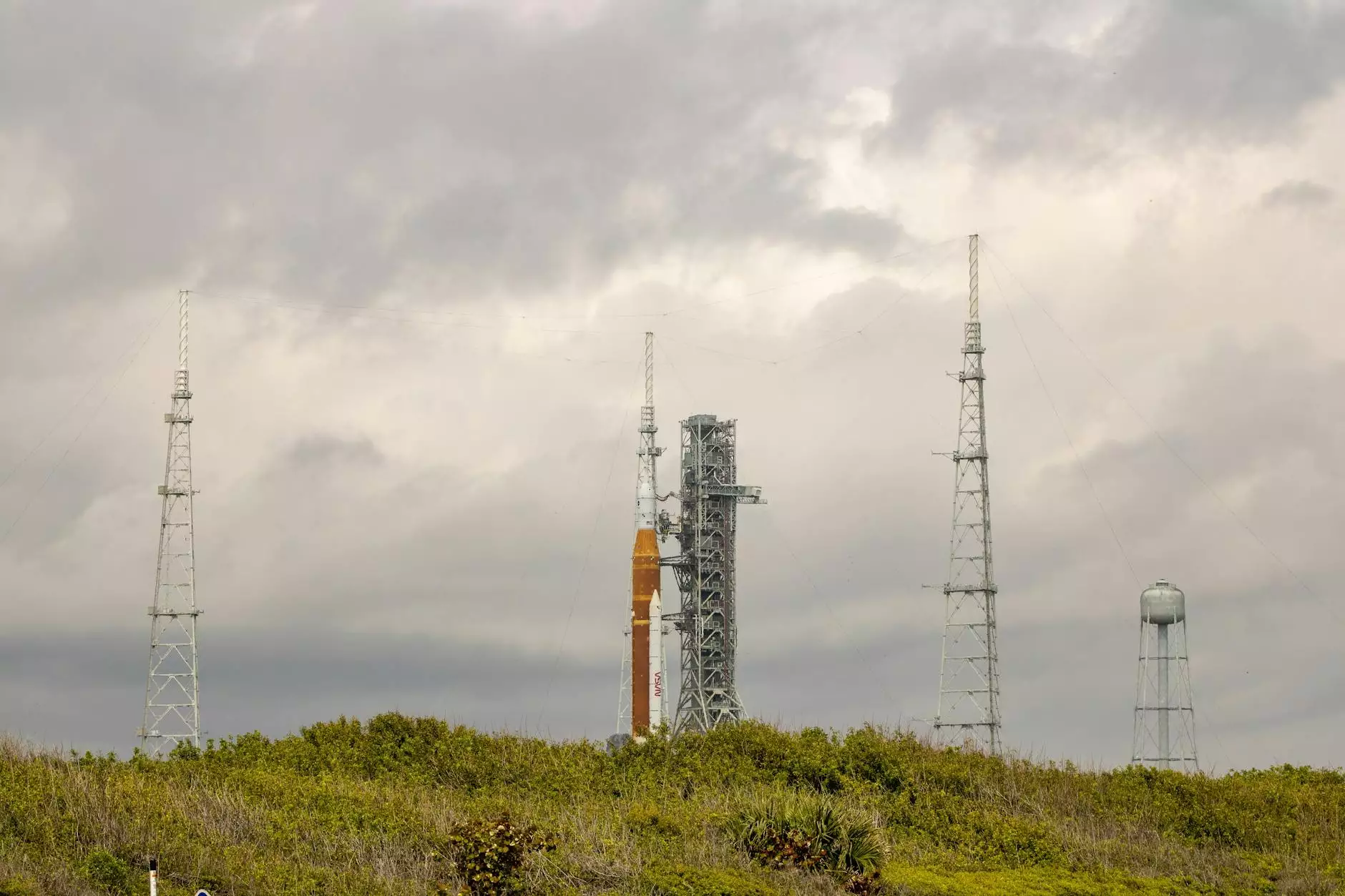Distributed Antenna Systems: Revolutionizing Telecommunications

The field of telecommunications is continuously evolving, driven by the growing demand for seamless connectivity and high-quality service. One of the most significant innovations in this area is the Distributed Antenna System (DAS). This technology is not only facilitating better service in difficult environments but is also paving the way for improved reliability and efficiency in data transmission across various sectors.
What is a Distributed Antenna System?
A Distributed Antenna System (DAS) is a network of spatially separated antennas connected to a common source via a transport medium, usually fiber optics or coaxial cable. The main purpose of a DAS is to enhance signal quality and coverage in areas where traditional methods fall short. Whether in a large building, stadium, or urban area, DAS can provide reliable connectivity by distributing radio signals effectively.
Components of a Distributed Antenna System
The architecture of a DAS typically includes several critical components:
- Headend Equipment: This is where the signals are received, processed, and distributed. The headend manages the relationship between the DAS and the mobile network.
- Antennas: Various types of antennas are deployed throughout the coverage area. These can be omni-directional or directional, depending on the required coverage and signal strength.
- Transport Medium: This includes fiber optic cables or coaxial cables that connect the antennas to the headend.
- Remote Units: These devices are strategically placed to amplify and distribute the signals to specific areas.
Benefits of Implementing a DAS
The implementation of a Distributed Antenna System can bring numerous advantages to businesses and organizations, especially in sectors such as hospitality, healthcare, and large public venues. Some key benefits include:
1. Enhanced Coverage
A DAS significantly improves signal coverage in areas prone to dead zones. This leads to uninterrupted connectivity, which is crucial for maintaining operations in businesses.
2. Improved Capacity
By distributing the load across multiple antennas, a DAS can handle a higher volume of users without compromising performance. This means that during peak times, users are less likely to experience slow network speeds.
3. User Experience
With improved signal quality and faster data rates, the end-user experience is greatly enhanced. In industries like hospitality, where customer satisfaction is paramount, this can be a game-changer.
4. Scalability
A DAS can be easily scaled to accommodate growing businesses and technological advancements. New antennas can be added with minimal disruption, making it an adaptable solution.
5. Cost-Effectiveness
Investing in a DAS can reduce the need for multiple cell towers, leading to lower operational and maintenance costs. This is particularly beneficial for organizations looking to optimize their budgets.
Applications of Distributed Antenna Systems
Distributed Antenna Systems find applications in various industries. Let’s explore some of the most common use cases:
1. Urban Areas
In densely populated urban areas, the demand for mobile connectivity often exceeds the capacity of traditional networks. A DAS can fill in coverage gaps, ensuring that residents and businesses maintain reliable service.
2. Large Venues
Stadiums, convention centers, and arenas require robust connectivity to serve thousands of attendees. A DAS can support multiple carriers simultaneously, enabling everyone to enjoy seamless connectivity during events.
3. Airports and Transportation Hubs
Airports are typically busy environments where travelers rely on their devices for communication and information. A DAS ensures that all areas of an airport have strong signals, which is critical for passenger experience and operational efficiency.
4. Commercial Buildings
Many commercial buildings experience poor signal reception for mobile devices. Installing a DAS can significantly enhance the workplace environment, promoting collaboration and productivity among employees.
5. Healthcare Facilities
In hospitals and medical facilities, uninterrupted communication is essential. A distributed antenna system enables healthcare professionals to rely on their devices without worrying about connectivity issues.
Choosing the Right DAS Provider
When considering the implementation of a Distributed Antenna System, selecting the right provider is crucial. Here are some factors to consider:
- Experience: Look for a provider with a proven track record in deploying and maintaining DAS solutions.
- Customization: Each organization has unique needs. Choose a provider that can offer tailored solutions that meet your specific requirements.
- Support Services: Opt for a provider that offers comprehensive support and maintenance services to ensure the sustainability of your DAS.
- Partnerships: A provider with strong relationships with major carriers can enhance the functionality and reliability of your system.
Future Trends in Distributed Antenna Systems
The future of Distributed Antenna Systems is bright, as technological advancements continue to unfold. Here are some trends to watch:
1. 5G Integration
The rollout of 5G technology is expected to create a surge in demand for DAS solutions, as these systems are essential for delivering the high-speed, low-latency experiences that 5G promises.
2. Smart Building Technologies
As buildings become smarter and more interconnected, DAS will play a crucial role in facilitating communication among various IoT devices, enhancing overall efficiency.
3. Energy Efficiency
Future DAS implementations will likely focus on sustainability, utilizing energy-efficient technologies to reduce operational costs and environmental impact.
4. Increased Use of Fiber Optics
Advancements in fiber optic technology will enable DAS to operate at higher capacities, accommodating more users and providing better service in high-demand environments.
Conclusion
The implementation of a Distributed Antenna System is transforming the landscape of telecommunications. With its ability to enhance coverage, improve capacity, and elevate user experience, organizations across various sectors are adopting this technology to meet the ever-growing demand for connectivity. As we move into a future that is increasingly reliant on high-speed and reliable communication, having a robust DAS in place will be a key differentiator for businesses.
At teleco.com, we understand the critical nature of effective communication and are committed to providing innovative telecommunications solutions tailored to your needs. Whether you are looking to implement a DAS in a commercial building, large venue, or urban area, our team of experts is ready to assist you in creating a seamless telecommunications environment.









